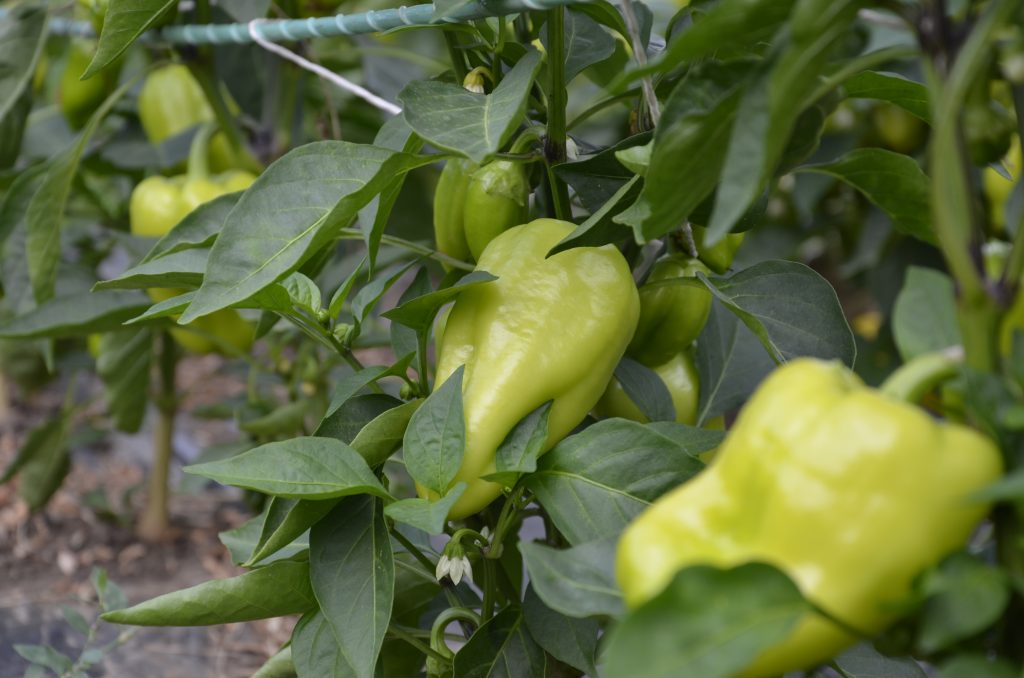By Karla Arboleda
The U.S. Department of Agriculture (USDA) National Institute of Food and Agriculture funded a team of faculty from institutions across the country to study emerging pepper diseases.

The University of Florida leads the project titled “Management of Endemic and Emerging Bacterial Diseases of Capsicum by Plant Resistance.” USDA also provided funding to North Carolina State University (NC State), University of Georgia, Auburn University, Ohio State University, University of Central Florida and the Agricultural Research Service U.S. Vegetable Laboratory.
Inga Meadows, an Extension plant pathologist at NC State, is a co-principal investigator for the team working to understand bacterial pathogens affecting peppers. The goal is to develop and improve any measures necessary to combat pepper diseases.
Bacterial spot of pepper is the most common bacterial diseases of pepper, but other bacterial diseases have popped up recently. “We want to know if (pepper diseases) are becoming prevalent and where,” Meadows said. “We would like to develop diagnostic tools for these emerging pathogens.”
BACTERIAL SPOT
Bacterial spot can affect pepper production and the disease has developed resistance to copper fungicides, which are commonly used to manage the disease. Researchers plan to find substitutes for copper materials because resistance has become common.
“We’d like to rely less on copper and identify some non-copper alternatives, and there are some alternative products that need to be evaluated,” Meadows said. “The idea is that we’ll develop an integrated pest management program where we’re … deploying host resistance, but we still need products that will effectively manage it in addition to the host resistance.”
Bacterial spot can be found in bell peppers, specialty hot peppers and other specialty crops. The disease’s effects can be harsh yet inconsistent from one year to the next.
“When we have seen bacterial spot, it was pretty severe in a given field,” Meadows said. “The problem is (that) it will affect foliage, which can reduce yield, but it can also affect the actual fruit.”
MORE TO LEARN
Researchers across the country want to find out more details on how to better manage emerging pathogens in peppers.
“We’d like to understand how much genetic variation there is … within a field or at least within a region,” Meadows said. “Ideally, we develop host resistance to match what we’re seeing in the field so that we have more durable host resistance.”









